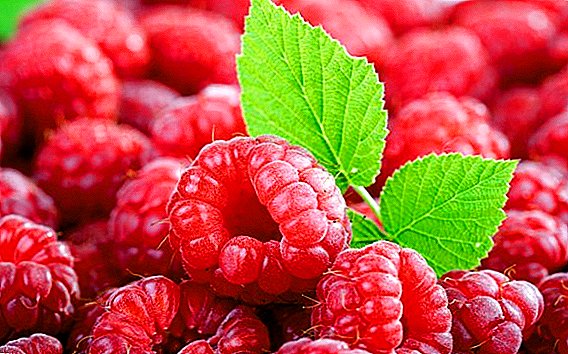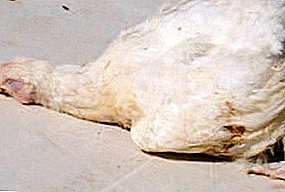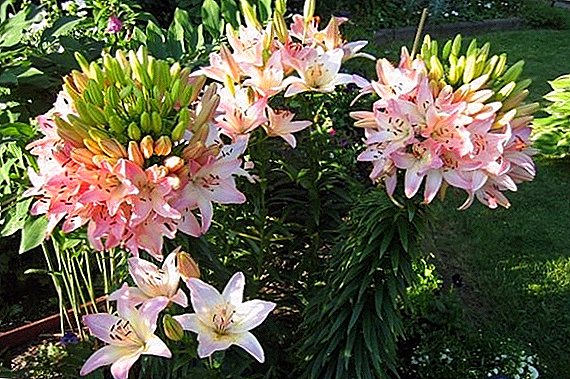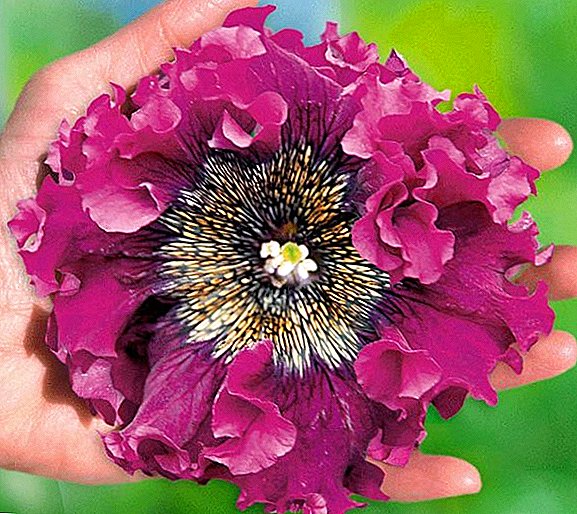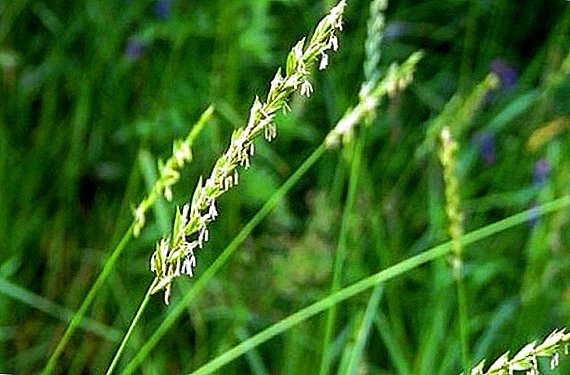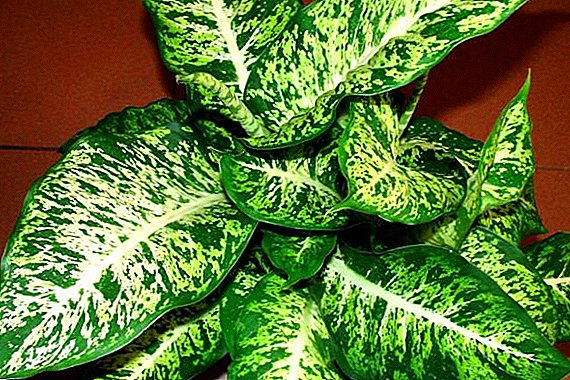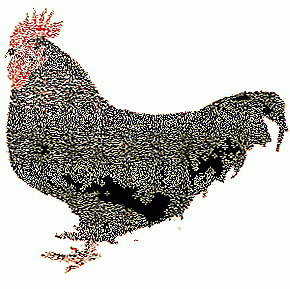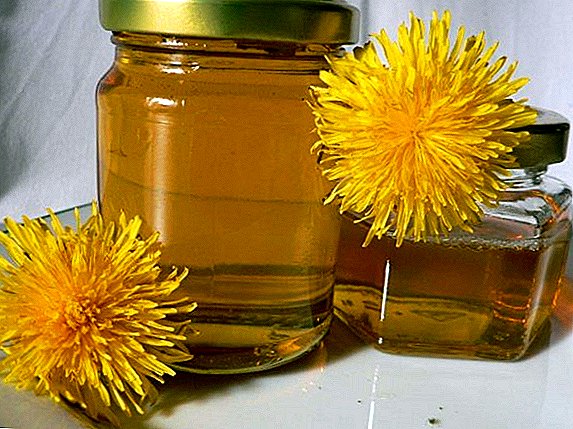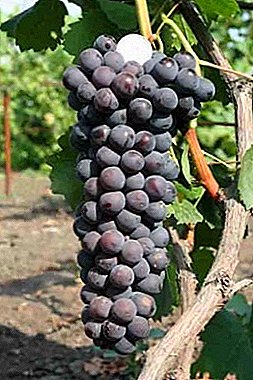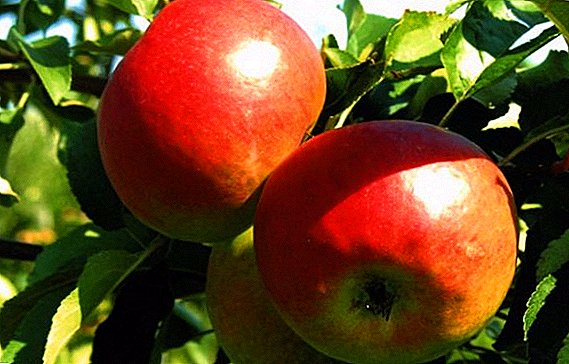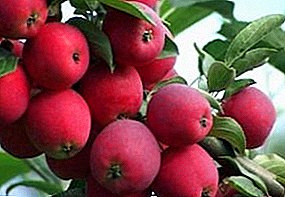 Demand for apples is observed at any time of the year. But especially in winter and early spring, we so want a juicy and fragrant apple. Summer apple varieties have already been eaten. You can choose imported apples, but they are expensive and often tasteless. Therefore, the special love of gardeners deserved autumn varieties, which later ripen and are well stored. It is to these varieties applies Apple tree "Zhigulevskoe". Its large, tasty and fragrant fruits ripen in late September and retain all their qualities until the beginning of March.
Demand for apples is observed at any time of the year. But especially in winter and early spring, we so want a juicy and fragrant apple. Summer apple varieties have already been eaten. You can choose imported apples, but they are expensive and often tasteless. Therefore, the special love of gardeners deserved autumn varieties, which later ripen and are well stored. It is to these varieties applies Apple tree "Zhigulevskoe". Its large, tasty and fragrant fruits ripen in late September and retain all their qualities until the beginning of March.
History of apple tree "Zhigulevskoe".

More than 80 years ago, at the Kuibyshev experimental station, the breeder Sergey Pavlovich Kedrin (1905-1981) crossed two varieties - the domestic Old Russian "Borovinka vulgaris" and the transatlantic (from the USA) "Wagner prize". The goal was to get a fast-growing apple tree with high yields, resistant to diseases and pests, capable of providing vitamins for the entire winter period. The first tree of the new late autumn variety was planted in 1936. Since then, the variety of apples "Zhigulevskoe" has gained popularity not only in Russia, but also in many other countries of the world.
Description of the apple variety "Zhigulevskoe"
The new variety combines the best features of its parents. From "Wagner's prize" got the yield and precociousness, characteristic taste, the ability of fruits to retain their useful qualities until February. From "Borovinka ordinary" - the rapid growth and maturation of the tree, medium size, disease resistance, simplicity and cold resistance. Apple "Zhigulevskoe" has the following description.
Characteristics of the tree

Apple trees of this variety have the following properties:
- fast growth. In the fourth year after planting, the first crop is harvested, on the sixth-seventh, the apple tree is fully ripened (yields up to 250-300 kg of apples);
- average growth (grow to a maximum of 3 m);
- broad pyramidal non-corona. Branches are directed upward, rare. Light and air permeability of the crown is good;
- shoot formation below average. Young dark brown shoots straight;
- leaves are large, oblong-ovate, with serrated edges and rich green pigmentation. The tips of the leaves are twisted;
- bloom white and large flowers;
- dark brown bark.
Important! Kidney apple "Zhigulevskoe" awaken March-April. In case of spring frosts there is a risk of damage.
Fruit Characteristic

Apples of this grade differ in an excellent trade dress:
- large size, one-dimensional (on average, the weight of an apple is from 150 to 300 g);
- round shape (with rare tubercles);
- the fruit has a firm, slightly oily peel;
- outer color is yellowish-red, striped, with a pronounced blush;
- sunflower seeds - dark brown, small;
- the pulp has a cream color; tender, with a coarse-grained structure;
- taste - pronounced sour-sweet;
- pronounced pleasant apple flavor;
- Calorie - 50 kcal.
Did you know? The growing season of the apple tree "Zhigulevskoe" is 175 days.
Pros and cons varieties
 "Zhiguli" apple has a number of unique useful properties. (for which the variety was awarded international awards):
"Zhiguli" apple has a number of unique useful properties. (for which the variety was awarded international awards):
- high yield (peak - 10 years);
- the rapid growth of the tree and the harshness;
- high marketability of fruits;
- good taste characteristics;
- resistance to scab disease;
- synchronous ripening of fruits;
- ripe fruits stick to the branches - the harvest is easy to harvest without damaging the apples;
- Long shelf life (2-3 months) without sacrificing taste.
- average winter hardiness (a legacy from the American "Wagner");
- exposure to sunburn;
- old trees bear fruit after a season or two, fruits decrease in size;
- vulnerability to moth.
It will also be interesting to read about other varieties of apple trees, namely: “Moscow pear”, “Silver hoof”, “Orlik”, “Shtreyfling”, “Dream” and “Semerenko”.
Rules for choosing young seedlings when buying

Planting material is best purchased in special nurseries or from trusted vendors. A sapling should be selected from one to two-year-old plants (starting from the age of three, it takes root worse and becomes more vulnerable to fungi). Sapling must be grafted. Choosing an apple tree, it should be examined. There are the following signs of quality seedlings:
- well-developed root system (at least two skeletal roots (30 cm each) and fibrous roots);
- elastic bark (under it greenish wet fabrics, to look you need to slightly scratch the bark);
- elastic roots;
- healed graft site should be flattened and covered with bark;
- relatively flat stem without damage with skeletal branches from one fork.
Did you know? Thanks to breeders, most garden apple trees reach a height of 2-3 meters. In nature, apple trees can grow up to 15-20 meters.

Planting rules seedlings
Apple "Zhigulevskoe" begins to bear fruit in the fourth year, but on condition that the planting and care of the apple trees were made correctly.
Best time to land
Gardeners recommend planting apple trees at the end of April (when the ground warms up), but to prepare the holes for planting in the fall (the land in it will be richer in oxygen).
Selecting a landing site: requirements for soil and lighting

Apple tree likes fertile soils with low groundwater and good drainage. Medium loamy soils are most suitable.
For the normal growth of the apple tree "Zhigulevskoe" and the cultivation of a good harvest plant need to provide plenty of sunshine. Selecting a place for a sapling, you should avoid shaded places. To prevent trees from obscuring each other, leave a distance of 4-5 meters between them.
Preparatory work on the site
Landing pit is best harvested in advance - for several months. Preparatory work on the site depends on soil fertility. If the soil is good, then fertilizer should not be applied. It is enough to dig a hole 60 × 60 × 60 cm, loosen its bottom by 15-20 cm and leave it to air. If the soil is poor, then it should be fertilized. The depth of the planting pit will then be 1 m. The upper (black earth) layer, extracted from the pit, should be mixed with peat (1-2 buckets), superphosphate (300 g), potassium chloride (40 g), ash (300 g). Nitrogen-containing fertilizers do not apply - they will cause burns to the roots.

Seedlings preparation
Before planting an apple tree, it is necessary to prepare seedlings. If the apple tree is bought with open roots and they have dried up, then they should be soaked in water for a while from 4 to 12 hours (it is possible more) to restore the lost moisture. Damaged or broken off tips of rhizomes should be trimmed with a sharp pruner (place the slices dipped in a mash clay). Saplings with roots in a coma of the earth should simply be freed from burlap.
Stepwise landing process
Planting seedlings consists of the following operations:
- lay drainage at the bottom of the pit - brick fragments, coarse sand;
- fill a pit by two thirds with a fertile mixture;

Important! The peg, which is used when planting the seedling, should be sharpened and charred tip on the fire, - it will slow down the penetration of moisture.
- Insert a peg into the center and attach a sapling to it. The root neck should protrude 5–7 cm above the soil level;
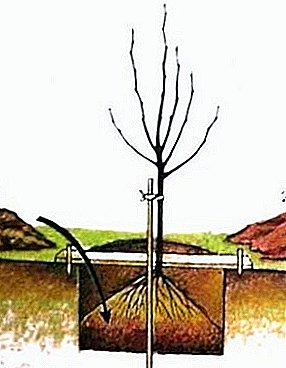
- evenly distribute the roots in the pit, try not to direct them up and, periodically compacting, sprinkle with fertile soil;
- tie the barrel to the peg;
- make a hole (from a barren land build a cushion along its perimeter) and pour 3-4 buckets of water on it;
- Compress up to 7 cm (peat, leaves, straw, humus). Planting a seedling with a closed root system is easier - put the whole room in a hole, pour the earth and water it.
Next to the apple trees, you can also plant apricots, plums, cherry plums, pears, cherries, cherries and quinces in your garden.
Rules of seasonal care for apple trees "Zhigulevskoe"
The tree needs proper care. It includes watering, fertilizer, pruning, protection from diseases and pests.
Pollination
Grade "Zhigulevskoe" - it is a self-infertile variety (few apple trees are pollinated by their own pollen as self-fertile varieties). Autumn varieties (“Borovinka”, “Antonovka”, “Kutuzovets”, “Anis striped”, etc.) are especially good at the role of cross-pollinators. It is important that neighboring apples are at a distance of no more than 50 m.
Prevention and protection against pests and diseases
Fruits "Zhigulevskoe" are highly resistant to scab and moderate to other diseases.
Among the dangers most relevant:
- defeat by powdery mildew (leaves should be treated with solutions of Topaz or Scor - 2 ml per 10 l of water);
- moth (second generation). For prophylaxis before flowering, the apple tree must be treated twice (with a week break) with wormwood extract. Helps against this pest and brooms of wormwood, which are tied to the branches of the tree. You should also regularly remove fallen leaves;
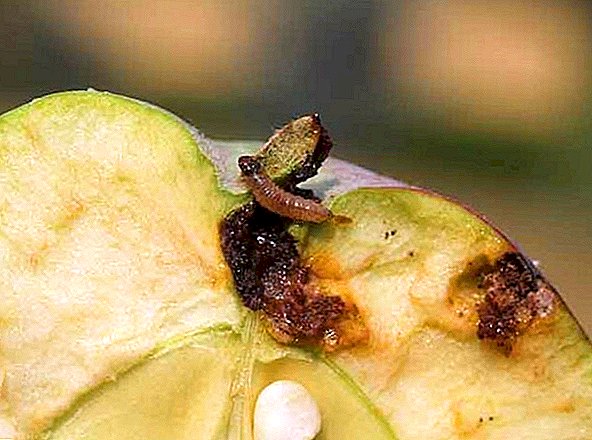
- other pests. Measures - whitewashing in the spring of trunks (young apple trees with chalk, old ones with lime), spraying with an aqueous solution of Karbofos (70 g per 10 l) after the apple tree has blossomed;
- sunburn bark. From burns on the bark cracks appear, bast is exposed, where fungi and harmful insects penetrate. The place of the burn should be treated - cut the damage with a sharp knife and cover it with a garden pitch. From the burns of the trunk helps whitewash and thick paper or cardboard, which are attached to the open areas of the trunk;
- nibbling bark with hares and mice. To protect the fall, apple trunks are covered with spruce branches, roofing felt, etc.
Regular watering
Caring for an apple tree includes regular watering (2-3 buckets per tree). It is better to produce it early in the morning or in the evening. On average, 5-6 irrigations per month are required, and during drought, as the soil dries.
In the evening it is useful to spend sprinkling. It also serves as prevention against pests.
Weeding and loosening the soil
Regular loosening of the soil near the root circle allows to improve the air and water permeability of the soil. Loosening is always carried out before each irrigation, in which case the water will not stagnate, and the roots will receive oxygen. For better access of oxygen, gardeners recommend using a crowbar to make several punctures in the soil 40 cm deep along the perimeter of the crown of an apple tree.
Fertilization

The first two or three years planted seedlings do not fertilize. After 3-4 years, young trees need feeding (at least three times a year):
- mid spring - 0.5 kg of urea per tree (rotted manure can be used);
- summer (when flowering begins) "Zhigulevskoe" need nitrogen fertilizer (the instruction is placed on the product packaging). Liquid bird droppings will also come in handy (mix a quarter of a bucket with three quarters of water);
- after flowering - fertilizer nitrofoskoy.
Important! Experienced gardeners, talking about how you can increase the yield of apple "Zhigulevskoe", are advised to apply the fertilizer nitrophoska. This will increase the yield by 10-15%.
Literate pruning
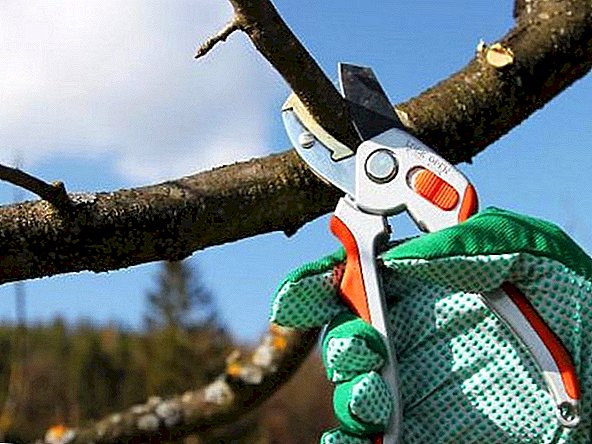 Pruning regulates not only the shape of the crown, but also affects the size of the fruit, their sugar content. They begin pruning already in the first year of life - before planting, the branches of the seedling can be slightly shortened (up to 30%).
Pruning regulates not only the shape of the crown, but also affects the size of the fruit, their sugar content. They begin pruning already in the first year of life - before planting, the branches of the seedling can be slightly shortened (up to 30%).
Perform pruning in the spring (no later than April). Make it a sharp tool. Place slices should be treated with garden pitch. Dry branches lubricate immediately, the young - the next day. Apple tree pruning scheme involves getting rid of:
- dry or diseased shoots;
- shoots that grow inside the crown;
- shoots that grow down.
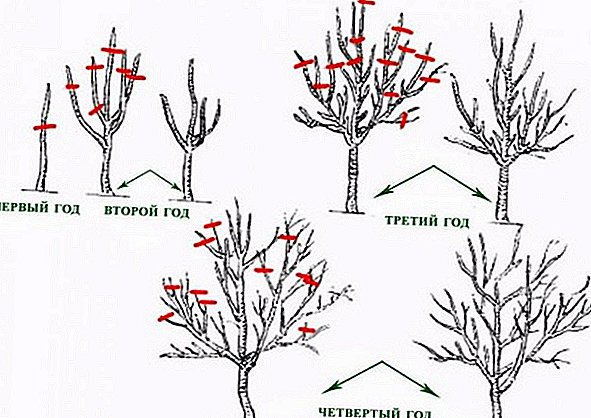
At the same time, no more than ¼ of all branches should be deleted.
In the first season after planting, cut off all the flowers. In the first fruiting season, 50% of all fruits up to 3 cm in diameter should be removed.
Preparing for the winter
Pre-winter preparation of the Zhigulevskoye apple tree includes:
- hilling, loosening and mulching of the trunk circle;
- treating the stem with a solution of ferrous sulfate;
- wrapping with ruberoid, foil, spruce spruce branches, etc. with trunk covering material to protect against frost and rabbits.
Did you know? Glass toys for the Christmas tree owe their origin to autumn apples. In the middle of the 19th century in Western Europe there was a poor harvest. Since there was a tradition in France to decorate the Christmas tree with red apples, glassblowers invented to replace real fruits with red glass apples.
Harvesting and storage
The variety is known as high-yielding - up to 250-300 kg of apples can be harvested from a tree, and proper care and pruning of an apple tree will allow fruits to grow in size. Harvesting usually begins after September 5 (in the dry season - at the end of August). Fruits should be cured a little, full maturity will come in 14-28 days after being picked.
Storing apples of this variety is facilitated by the fact that they are harvested by hand (not damaged when dropped). The harvest should be stored at a temperature of from 0 to 4 ° C. Wash or wipe should not be - this will destroy the protective coating on the peel. Each apple is wrapped in paper, put in cardboard or wooden boxes with good ventilation and poured with sawdust. The shelf life without loss of taste and beneficial properties ranges from 70 to 90 days.
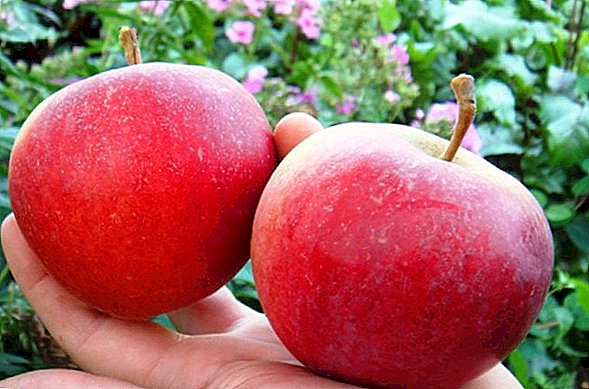
Did you know? Apple trees of the Zhigulevskoe variety are no longer than 20 years old.
Watch the video: Яблоня плодовая Штрейфлинг. Краткий обзор, описание характеристик, где купить саженцы (December 2024).







